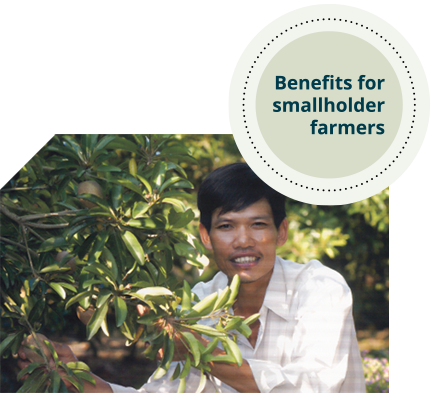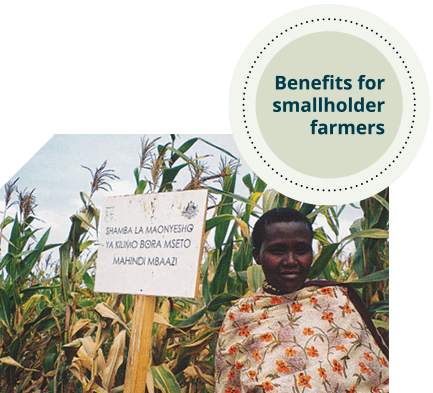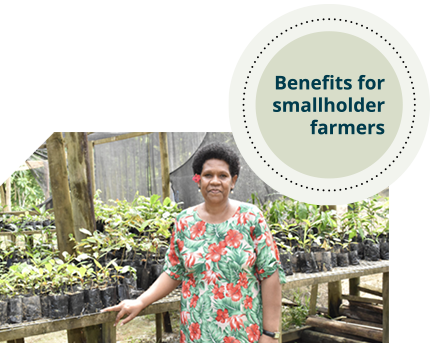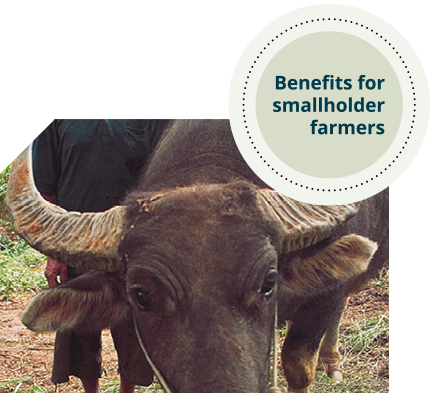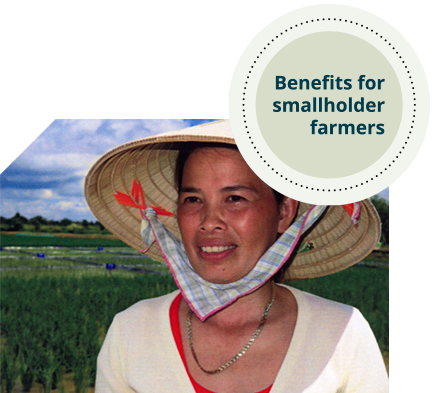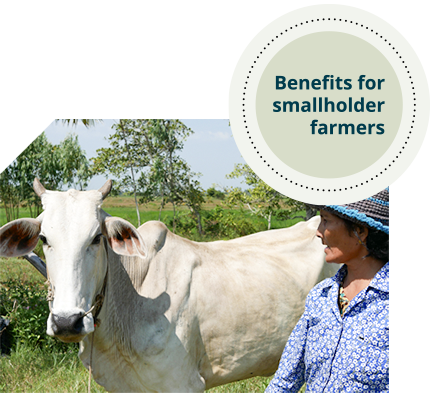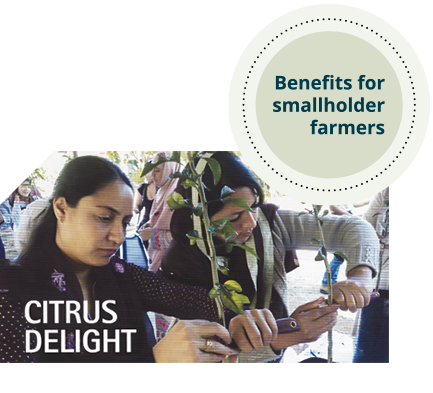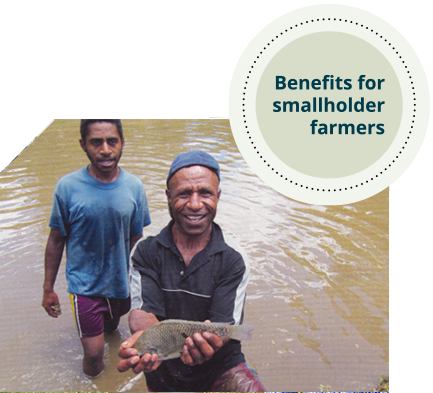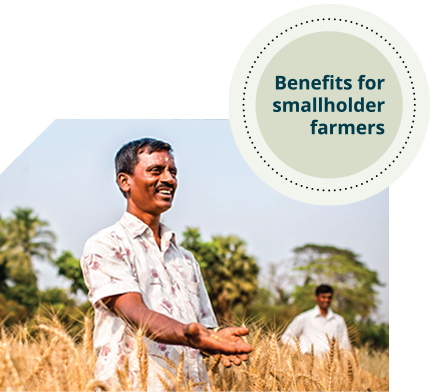Low-cost solution lifts returns
Partners in Research for Development
Winter 2006
Over the past decade, Mr Nguyen Van Dung and his neighbours in the Chau Thanh district of Vietnam, in the Mekong Delta region, have been putting the culture and knowledge of traditional rice farming behind them to become fruit growers. Several years into this endeavour, Mr Nguyen and his neighbours were losing up to 90% of their crops to fruit flies because there was neither the local knowledge nor the practical tools for combatting the pest.
While pesticides initially seemed a straightforward solution, they are problematic in a landscape where open water is used for both farming and domestic water supply. What was needed – and what was developed with Australian help – was a low-cost bait for specific fruit fly species, which was safe for both users and the environment.
Mr Nguyen has been trialling the bait for the past two years and says his farm income has risen by some 70 million dong (about A$5,000), which he is now investing back into his farm for further crop improvement.
‘It is giving my family a more reliable future,’ he said.
